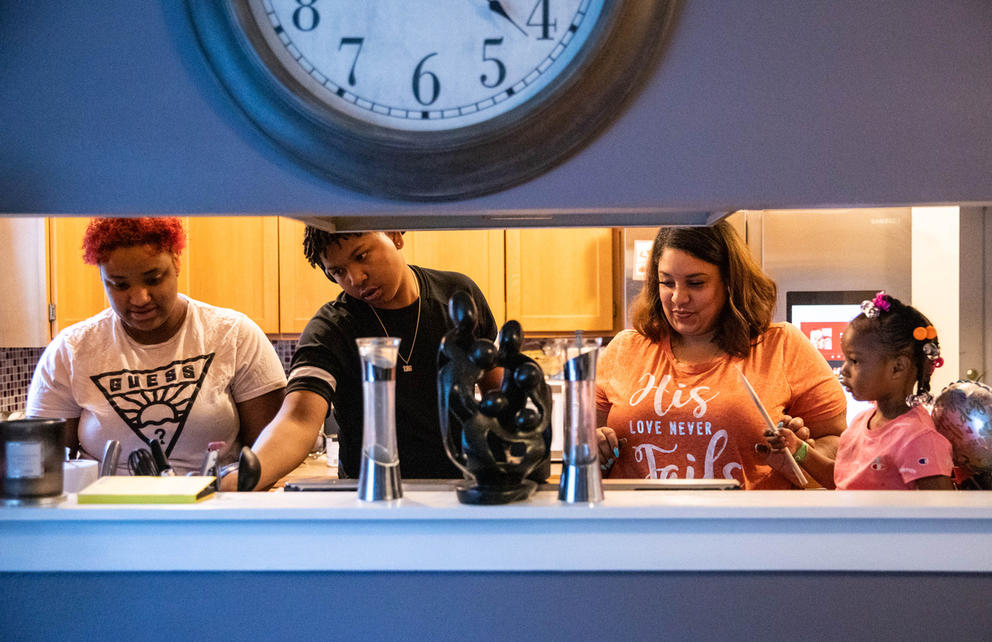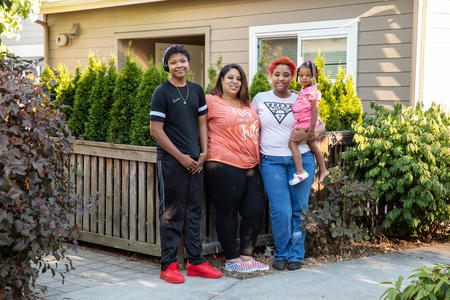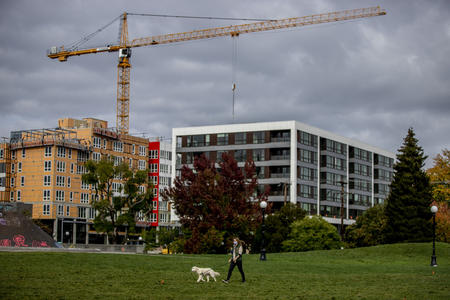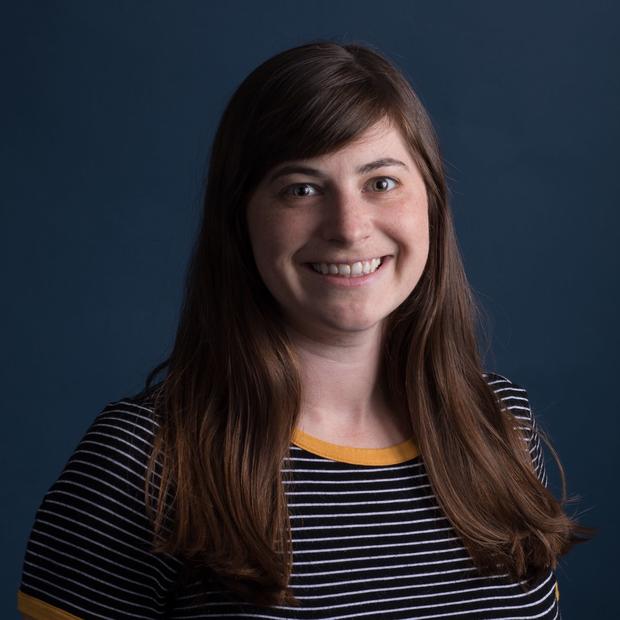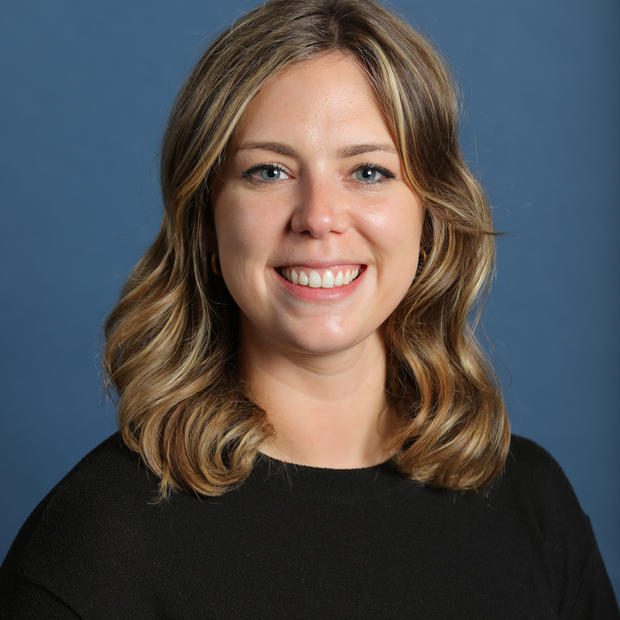Jones’s path to homeownership took some difficult twists and turns, however. She used to live in Seattle’s Central District, renting a home with her partner and her then-four children. But when the relationship ended, she, like so many now former Seattleites, was priced out of the city.
“Everything is becoming expensive,” Jones said. “It makes people feel like Seattle doesn’t love people who love Seattle.”
Jones and her kids ended up in a two-bedroom apartment in Maple Valley, a small commuter town in south King County. Instead of doubling up in two rooms, the four kids now had to share a single bedroom. Jones’s drive to work in Seattle would often take two hours.
Renting in Maple Valley was never a forever plan. Jones wanted to buy a home and found a few places where the monthly mortgage payment would’ve been about the same as her rent. But banks kept telling her she couldn’t qualify for a loan.
So how did a single mother living on a five-figure income end up owning a lovely five-bedroom home in a gentrifying Seattle neighborhood after so many banks told her no?
This story is part of a Crosscut focus on housing: Making Seattle Home
Jones turned to Homestead Community Land Trust and Habitat for Humanity Seattle-King County, two nonprofits that specialize in helping lower-income residents become homeowners. It took a few rounds of applications and rejections from each nonprofit before Jones had a little luck and was able to buy her home in Columbia City.
“It was definitely life-changing,” she said. “The feeling of just signing those papers and getting those keys … I gave [my kids] something that’s actually going to benefit their life and changes their lives for the future. No matter what, they’ll always have this sense of security to fall back on.”
Homestead and Habitat both operate on a community land trust model with slight differences in approach. Their homes are available to lower-income residents making less than 80% of the area median income. For a family of four, 80% of Seattle area median income is currently $95,300.
Sale prices vary by home size and location, but typically fall between $150,000 and $350,000, a screaming bargain compared to the current $855,000 median home price in Seattle. Like any other homeowner, land trust homeowners get to live in their home for as long as they want (and as long as they’re able to keep up their mortgage payments). It doesn’t matter if their income increases or the household size changes, the home is theirs. They can even pass it on as an inheritance to their children.
“Homeownership is first and foremost about the stability,” said Brett D’Antonio, CEO of Habitat Seattle-King County. “Owning a home means knowing your rent’s not going to go up, being able to put down roots in a community, engage with organizations around you, vote, not be moving around all the time.”
Kathleen Hosfeld, Homestead executive director, argued that homeownership provides a sense of belonging that renting does not. “Ownership says to people you belong here. We have created such a transitional lifestyle around renting, and the housing that we offer to lower-income people is mostly rental housing.”
The tradeoff in the community land trust model is that if homeowners do choose to sell the house, they must do so at a restricted price to another income-qualified applicant. With Homestead properties, owners earn 1.5% equity on their home purchase price each year they live in it. So if they purchased it for $200,000 and lived in it for 10 years before selling, they could sell it for $232,000.
That $32,000 is drastically less than the rate of appreciation Seattle homes are seeing on the open market. But community land trust homeowners almost certainly could not become homeowners on the open market in Seattle, so it’s equity they would not have otherwise built as renters.
For Jones, that tradeoff is worth it. First and foremost, she said, the benefit of the program is simply having a home she can afford: “You’re not going to have to choose whether you can pay your mortgage or you have to buy food.”
But, she continued, “It’s valuable. It’s teaching my children. It’s giving them generational wealth. Even though it’s a program geared around affordable housing, it still makes a difference in so many different ways.”
Habitat and Homestead operate separate programs and have separate portfolios of homes, but Jones’s home was actually a partnership between the two organizations. Habitat built the home; Homestead will steward it in perpetuity. To move in, Jones and her children had to put in the 250 hours of sweat equity that Habitat requires of all homebuyers to fix up the house.
“The resale-restricted model isn’t a great way to invest in real estate and make windfall profits,” said Hosfeld. “But it’s a starter home that puts someone on the path to building household and family wealth.”
The community land trust model originated in 1969 in rural Georgia to aid Black farmers being driven from their land. Civil rights leaders — inspired in part by a visit to Israel by a group of Student Nonviolent Coordinating Committee members to learn about the kibbutz community farm system — bought more than 5,000 acres of land for shared-ownership farming and homesteading.
Hosfeld sees parallels in the origins of the land trust model and its role as an anti-displacement tool today. “The displacement isn’t necessarily occurring for the same reasons, but displacement is still occurring. The only way for people to truly prevent displacement of individual households is to have ownership.”
Amid rising costs, many of Seattle’s Black residents have been priced out of the city and into the surrounding suburbs, much as Jones was before buying her current home.
Community land trusts rely heavily on money from city, county and state funds, along with philanthropy and private donations, to pay for land acquisition, housing development and ongoing operations. The majority of the City of Seattle’s affordable-housing investments go toward rental housing. Erika Malone, Seattle Office of Housing’s homeownership program lead, said only about 5% of the $290 million Housing Levy pays for homeownership efforts.
Those funds are split among a few programs. The city provides money to nonprofits such as Homestead and Habitat for their affordable homeownership work. It also provides down-payment assistance for low-income homebuyers attempting to buy on the open market, emergency foreclosure assistance to help people falling behind on their mortgage payments and home repair and weatherization help for low-income residents who already own a home.
Malone said the city is slowly moving toward investing more in increasing the supply of community land trust homes rather than investing in down-payment assistance. While down-payment assistance loans get repaid and then reused to help another family with their down payment, homes purchased through the program can eventually be sold at market prices, whereas land trust homes are sold below market in perpetuity.
“We can’t keep kicking the can down the road,” said Malone. “We need to keep increasing the stock of what’s essentially a supplemental housing market. They’re homes that are always affordable for the people who the community needs: teachers and firefighters, but also grocery clerks and nonprofit employees.”
To date, the community land trust model has been implemented at a small scale relative to the need. Homestead has 245 homes in its portfolio. Habitat has built 533 homes in Seattle and King County.
But the pace is accelerating slightly. Malone said that in the past few decades, the Office of Housing has funded the construction of only about 200 affordable ownership homes. But another 200 homes in the construction pipeline, paid for by the Office, will be completed in the next two years. Habitat plans to build almost 300 new homes in the coming years.
Although land is increasingly expensive in Seattle, the nonprofits are getting a leg up from city and state policies that require government agencies with surplus land to try to use the land for affordable housing development.
Free land not only stretches construction budgets a lot further, it opens the door for affordable homeownership in neighborhoods that Habitat and Homestead would likely otherwise never be able to access, in turn giving lower-income residents access to higher-income neighborhoods and the opportunities they can provide. For example, Habitat just completed a project in the north Ballard neighborhood of Loyal Heights because Seattle City Light had a parcel of land it no longer needed.
Because land is scarce, the nonprofits are evolving the types of projects they build as well. Rather than just building a single home on one lot, they often build townhomes or duplexes. Both Habitat and Homestead have started building condos as well to maximize density in some projects. Right now, Homestead is building two condo buildings with at least 19 units each in Phinney Ridge.
Housing affordability is a systemic problem, but something people experience on a deeply personal level. Jones wants to see funding for land trust programs greatly expanded, both because she knows vastly more people could benefit from subsidized homeownership and because she’s experienced first-hand its impact on her and her family.
“Having a home is such a big accomplishment because it's something that you have forever,” Jones said. “It is something that you can leave to family, it is something that you can give to your kids. It is just the central place where love is created, where families are created. And that's why it's such an emotional thing for me.”

